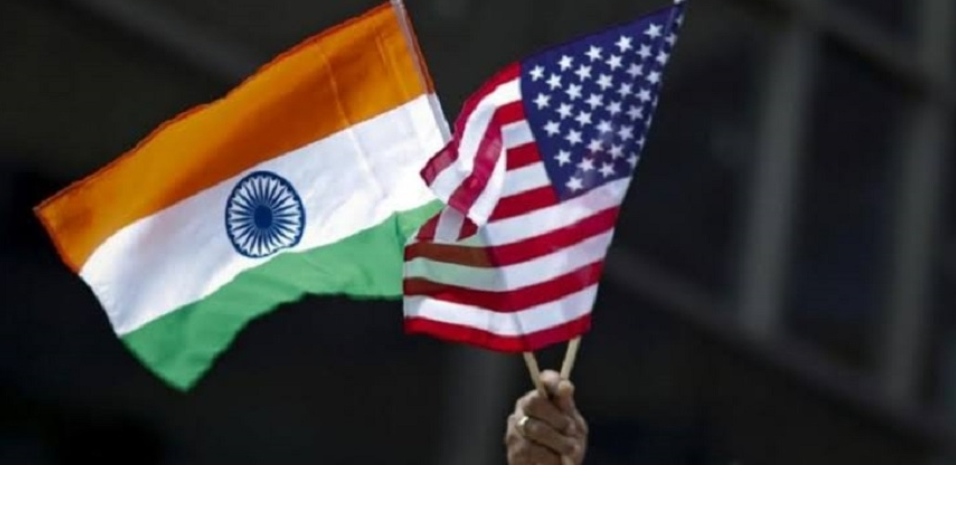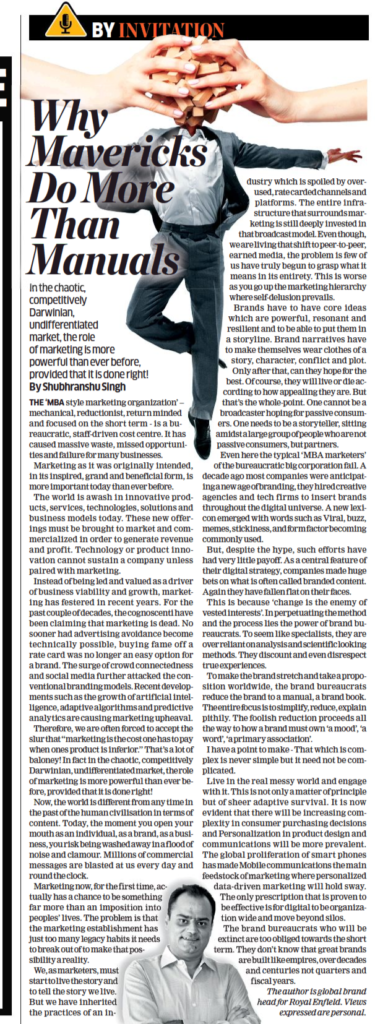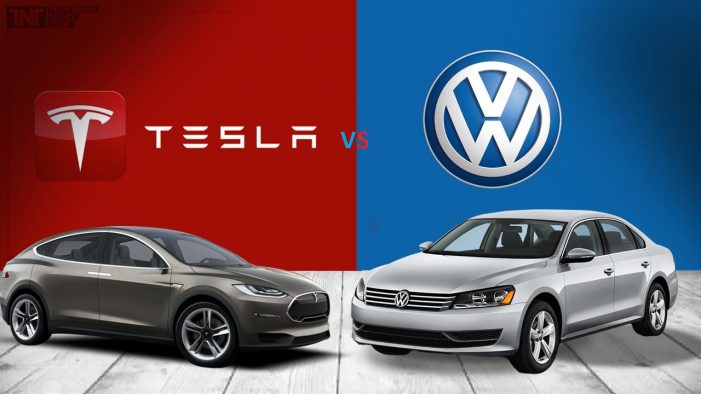The good news is the same as the bad news – Covid-19 transmission is dictated by human behaviour. Our species is facing a threat to its survival based on how you or I wash our hands or use disinfectant. Our survival depends on our collective and individual behaviours. So, how do we change how people behave? This is the most important question of our lifetime. The way we behave isn’t just dictated by what we are told, but how we are told it. Prime Minister Modi gave a masterful address to the nation. It was personal, emphatic and plainly put. It elicited a response like never seen before since our freedom struggle. Yet, it was a day. And the day has passed. We need to change behaviours not only enforce them. [siteorigin_widget class=”SiteOrigin_Widget_Image_Widget”][/siteorigin_widget] Epidemics are a time when as a species, we come face to face with our relationship with mortality, relationships, society and way of life. It all goes through an upheaval. We see a man being the best he can. We also see a man at his worst. The role of behavioural response is crucial in tackling the coronavirus catastrophe. Governments across the world are cognizant that, after an initial high, the willingness to comply with containment measures becomes progressively lesser. ‘Compliance fatigue’, anxiety and plain ‘I care a damn’ hopelessness may set in. Like any mass campaign – what is key is when this peaking of positive response actually happens. Thanks to social media and huge mass media support, basic awareness has built up very rapidly. But is it enough to change behaviours? It brings us to the question of what, in fact, fetches the right behavioural response? It is an appeal to self-interest and the reward of social approval. Concern about social disapproval makes even the selfish, or self-absorbed, among us behave in a more desirable way. Public health authorities showcase right practices and spread information about the evidence supporting their adoption. However, a dash of design creativity in the messaging can move the needle on compliant behaviours. Government, corporations, civil society, families and all other units of civilisation will have to take the psychology of messaging much more seriously. Unfortunately, advertising and marketing have predominantly been about getting commercial results, selling and winning mind and market share. Hence “behavioural economics” won a Nobel but ‘behaviourally oriented communication’ has hardly got any attention. But that was the story till now, and the world may never be the same again. Behavioural science involves a developing refinement of hypothesis via the continuous recording of empirical evidence. At its definitional essence, it is the observation of regularities in how people behave. Therefore, it targets how context changes behaviour. It does so structurally, not relying on humanity or good citizenship in the individual but rather making the response reflexive, by design. The basic logic framed is in the form of: ‘When X is the context and Y is the message then Z is the response.’ Let’s take the case of handwashing or wearing masks. In periods of long spells of isolation, people may auto-adjust the effectiveness of what they deem to be a hassle. Some people won’t do it. Most will not do it properly. Others will give up doing it when their hope begins to crumble or when their fear begins to subside. Yet, there are ways to mitigate this. For example, messaging from friends, family, institutions, alarms and captcha style interrupts. The evidence suggests that these coaxing, cajoling or coercing steps will make the necessary responses materialise. Increased hand washing, changing how we cough and sneeze, self-isolation, avoiding travel, social distancing—these are obligations on us as individuals to protect ourselves and our fellow citizens. This messaging for “individually –collective” actions is a problem area. Firstly, millions of people have to be reached. Then they have to learn the right things – individually. Next, they have to collectively esteem those right behaviours. Finally, as a collective, they have to enforce it upon deviant or non-compliant individuals. Some of us behave selflessly and some selfishly. The majority will override self-interest and contribute to the common good, provided others pitch-in too. That is why it takes enormous stature or powerful context (often both) to make successful social outcomes happen. Three things stand out. First, co-operation is more likely if people communicate to each other why the specific behaviour is best for all. Second, people are more willing to make sacrifices for group benefit the more they identify with the group. Third, sensible punishment is needed for those who don’t co-operate. As a contagion spreads, infecting thousands, and forcing thousands more into quarantine, the world -and life as we know it – changes. With disrupted daily life, closed schools, packed hospitals, and absent social gatherings, sporting events, concerts, conferences, festivals and travel plans; life and society, as we know it, gets put on indefinite hold… In 1947, when he was 34, Albert Camus, the Algerian-born French writer provided astonishingly detailed and penetrating observations in his novel ‘The Plague.’ Camus showed how easy it is to mistake an epidemic for an annoyance. He also wrote that in times of pestilence we learn that there is more to admire in men than to despise As a marketer and communications professional, I can only pray that it’s true. http://www.businessworld.in/…/Changing-Behaviours-In-Times-Of-An-Existential- Crisis/23-03-2020-186968









